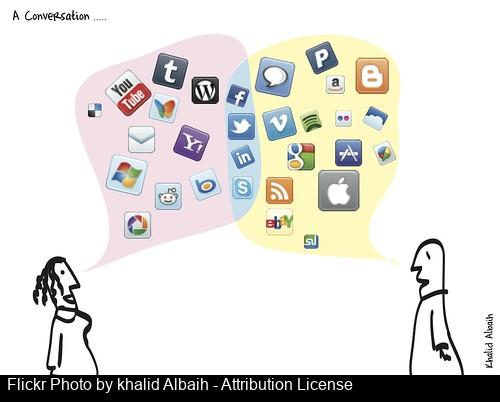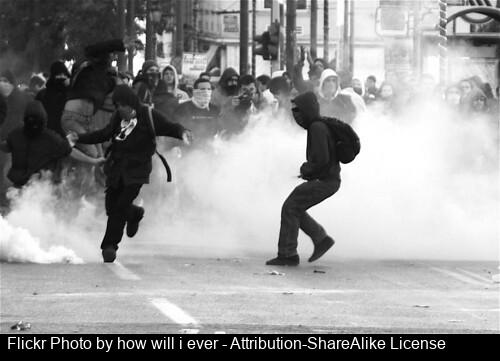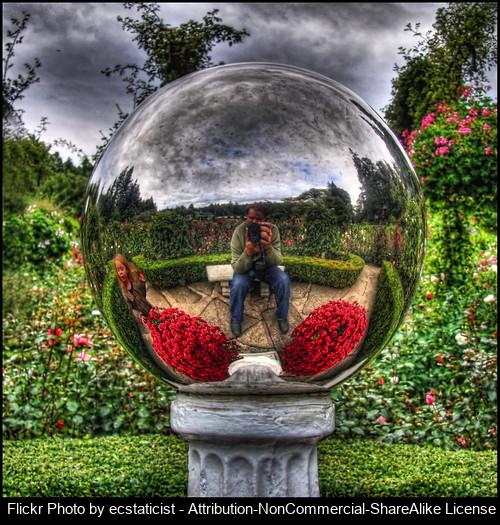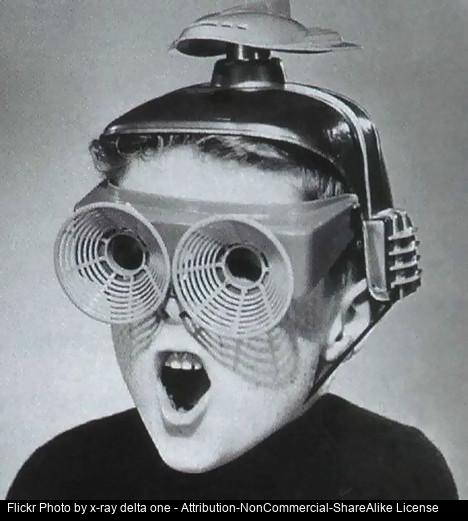New and converging technologies are playing an
important role in every aspect of our lives (social, economic and political
change) today. It explains how new digital and electronic forms of media have evolved
from traditional media and how they are enabling greater access to information
and knowledge. Recently, there was a deadly attack on the USA consulate in
Lybia. A YouTube video, known as an anti-muslim film, spread spontaneously
following protests in the Muslim world. The broadcast media, the
Internet, mobile phones, and social media widened access to information and created a participatory culture where citizens from all over the world not only consume information, but actively participated with tweets and comments about this embarrassing event. Online newspapers, blogs, twitter and
Facebook can spread any current event in just a few minutes. Today anyone with
a smart phone and access to internet can have information in real time at their
fingertips.
This text mentions that new
information and communication technologies have opened up opportunities for
greater audience participation in information and knowledge sharing, and are
encouraging people to actively engage in the democratic process, causing more
societies to open up. If you want to express your own ideas about political or
social issues, you can create your own blog and let the world know what you
think.
New media is impacting the social and academic lives of teachers. We, as educators, have to teach 21st century skills. For that reason we have to be trained with courses like "Authoring for Educators" to be able to teach our students to find, use and communicate information effectively and ethically. If we are active engaged in professional learning, we can move forward for improving universal access to digital media. The greatest challenge for me would be to collaborate with colleagues at Cedros. I feel I need to inspire them to learn new technological tools.
Great opportunities provided by open education resources in teaching and learning has impacted positively for the Digital-Age Classrooms. But there is more to do. We need to design and develop better ways to asess our kids' progress to make sure they are getting ready for the future. For instance, when our children know how to work collaboratively in a classroom, we can assure they are developing literacy skills that can use later in a 21st century job.
 |
| New Media Technologies |







